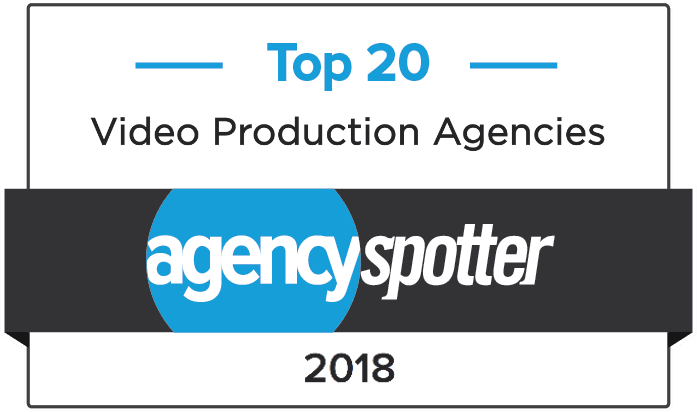Your potential customers have a lot of questions. These queries may not be directly related to your business, but if you provide the helpful answers they need now, it is far more likely they will trust you with their purchasing dollars later. That is why legitimate content marketing can be a valuable investment. The idea is to create resources such as blog posts, whitepapers, videos, and infographics that genuinely educate and inform your audience about topics related to your industry. In the process you establish credibility and inspire loyalty.
Video is an especially potent tool for content marketing because you can use it to show viewers exactly how to accomplish different tasks. For example, I was recently googling how to replace a particular part on my car, and I ran across a video that showed me exactly what I needed to know. It was concise, non-salesy, and very helpful. Later I checked out the publisher’s website, and found that I could order the part I needed from them at a really good price. They got my business, and I have been back several times since.
You probably don’t sell car parts, but no matter what industry you serve, it is likely that your potential customers have questions related to your specialty that could be answered with simple videos. Show them how to use software, explain difficult concepts, give tips and pointers… The opportunities are literally endless. Here are five pointers to help you get started:
Tip #1) Start by making a list of real problems.
If you want your campaign to succeed, identify topics that your customers really struggle with, and create relevant educational content that make their lives easier. A good place to start is to keep track of questions you are asked by clients throughout their interactions with your company. If lots of people have the same question, then it is probably a good topic to cover in a video.

Don’t use content videos as a way to blatantly peddle your services. This will backfire because no one actually wants to watch an extended sales pitch. Instead, focus on what is most helpful for your viewers. Subtle mentions of your brand and services will go a long way once you establish credibility as an expert.
Tip #2) Target searchable keywords.
If you find that a lot of people are asking about a particular topic, then there is a good chance even more people are searching the internet for the same information. Crafting clear titles and accurate descriptions will help you attract this organic traffic to your videos. This is especially true for videos hosted on YouTube, because they often show up near the top of google search results. The goal is to craft titles that mirror actual search terms your clients might use on google.

For example, let’s say I am making a video about optimizing videos for YouTube. I could title this video “Advanced Marketing Techniques for YouTube”, or I could title the video based on what viewers might actually search for such as, “How to make a video show up in search results”. The second option is not as creative or punchy, but it is far more likely to match search queries, and will therefore be more effective.
Tip #3) Keep content short and helpful.
Just follow the golden rule. There is nothing more annoying than looking for a simple answer, and then getting a super long, rambling answer with lots of irrelevant details and lame attempts at humor. Be concise. Be helpful. Be customer focused.
Tip #4) Hit the right balance between quality and speed.
Here is a dirty little secret: not every video has to be professionally produced. Every job requires different tools, and different marketing objectives require different types of videos. A video that sits on your home-page and gives potential clients a first impression of your capabilities should be professionally produced, but when it comes to content marketing, simple is often better.

You can easily put something together with free screen-capture software, or your cell phone that gets the job done. Obviously if your videos are illegible they could damage perception of your brand, but you don’t have to be a professional videographer to create a short and helpful video. Again, the goal is to identify client problems and provide simple solutions. Spending exorbitant amounts of time or money to accomplish this goal isn’t worth it in most cases.
Tip #5) Use these simple resources to get started.
So how do you actually go about creating a video once you have a topic and title figured out? It isn’t as hard as it might seem. Here are some resources and tools that will help you get started:
Screen Capturing: If you are looking to record your screen while talking viewers through how to do something on the computer, Screencast-O-Matic has a great tool that will let you do this for free. Or for some other options check out this article by Cloudwards that compares a number of screen recording programs.
Video Editing: If you need a simple, easy to learn video editor for cutting your videos together, check out the Vegas Software product line. They have a pro version, and an entry level package so you can pick the option that fits your needs and budget. View the website here.
Online Hosting: Once your video marketing content is ready, setup a YouTube account and post your videos there. It is free, and YouTube videos show up in google search results… Which means you are more likely to get organic traffic. View account setup instructions here.
In Conclusion
If the idea of content marketing with video has intrigued you, try starting with a really simple approach and less expensive tools. Once you have created a few videos, you will have a better idea of how to best employ your future resources. As you continue to create more content, link from one video to another, and you will begin to see a magnifier effect as more people watch and share your content.
Good luck!





